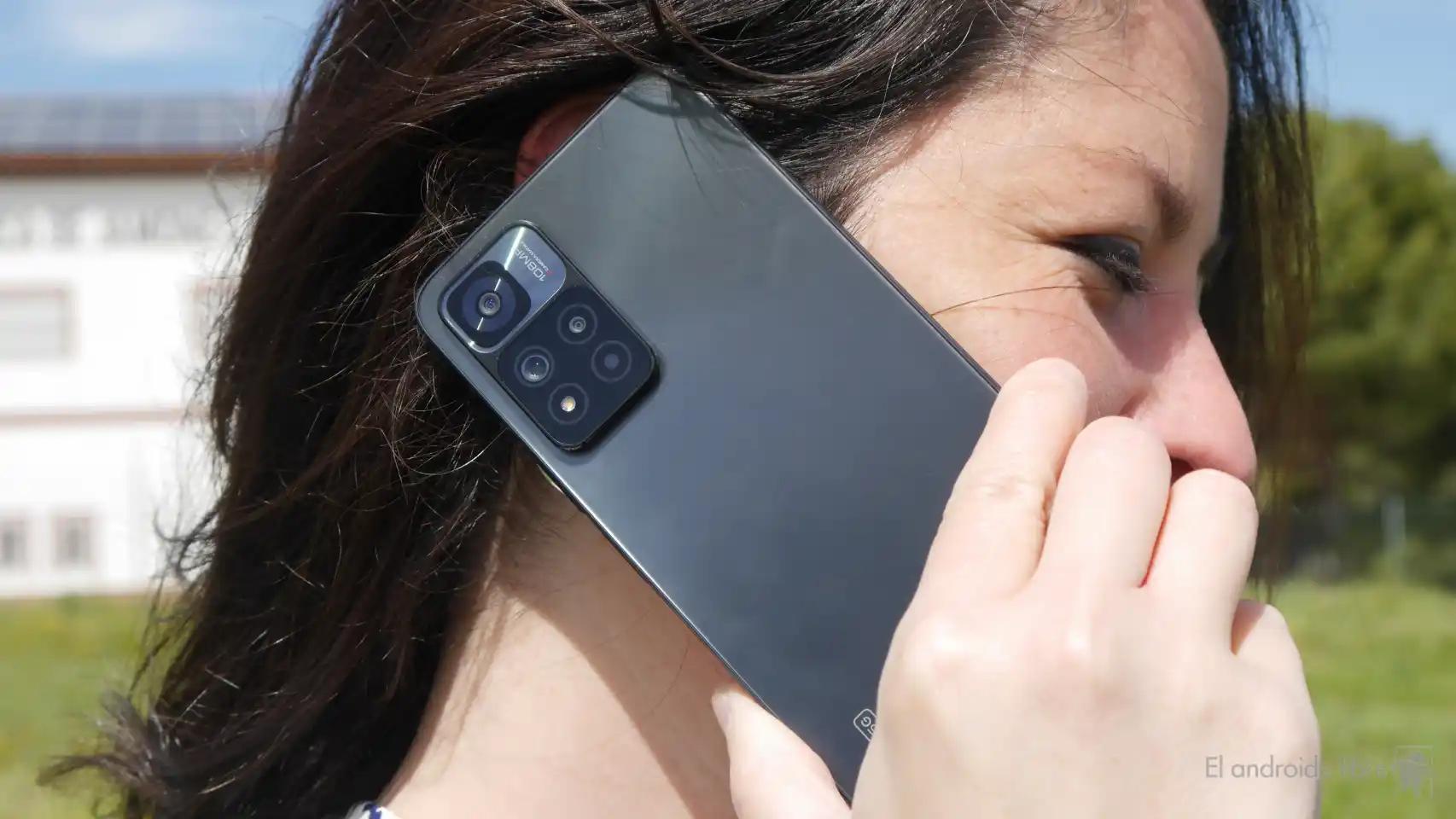Newcomers to the MacOS operating system may see some changes to the environment. Although, generally, there are not many changes regarding Windows, it is definitely a must get acquainted with new ideas, such as Finder, apps folder and others.
And when it comes to looking at the keyboard, something attracts attention. We're talking about the command button on Mac. It's similar to the Windows flag, and opens the door to many functions and functions, such as screenshots or other cool shortcuts. But that strange mark has some mysterious origin … What it is
It may interest you | The best apps for using phones with your Mac
The mysterious origin of the command key on Mac
That symbol is actually called the "Solomon's knot" and is used in many countries of northern Europe. For example, in Finland since the 1950s and Sweden in the 1960s, its appearance elsewhere it shows an area of cultural interest, as a hermitage. There are many modern ideas that show that the sign is in line with the views of the Borgholm castle, the work of King Canute I and which was destroyed in 1806, though later rebuilt. It was also part of Finland's oldest mornedas, although since the euro's adoption in 2002, it has been lost.
And how can the European brand end up on all Mac's keyboards in the world? To find this you have to go back to August 1983, and an anecdote comes from the mouth of Andy Hertzfeld, an engineer who built Macinstosh in the mid-80s. When Mac computers were built at that time, it was important for the user can connect each menu command directly to the keyboard, so we wanted to add a special key to the keyboard to request menu commands.
This button will be called the "Apple key", when pressed to interact with another button, select the corresponding menu commands. To do this, Apple's small logo, an apple, was displayed on the right side of each menu item at the keyboard command, to associate the key with the command. One afternoon, Steve Jobs entered the software development area at Bandley 3, as well she was upset about something, something normal about her.
After being told that the command line logo should be displayed for each item, Jobs said it was better to get a separate logo instead of the Apple logo, and because it affects both the manuals and the keyboard, there were only a few days to find something else. It's hard to find a small icon that means "command," and the issue was a bit off the air. The person responsible for developing these symptoms was Susan Kare, and she had a nationwide dictionary that explained that.
He wanted the right symbol that was unique, elegant, and at least had something to do with the concept of menu command. Finally I found a flower symbolThis has been used in northern Europe to show the attractive aspect of attraction or attraction. He provided a 16×16 bitmap for the small name and showed it to the whole team, and everyone loved it. And the story is, it's still on keyboards for every Mac on sale. ⌘
Susan faces many practical problems, such as Chicago, Geneva or Monaco, and HappyMac, the smiling logo used on Macs when the computer started running. Much is due to this designer, as well The mystery of the curious history of the command-key is finally solved. By the way, would you ever listen to old Mac sounds? You have them in this YouTube video.











